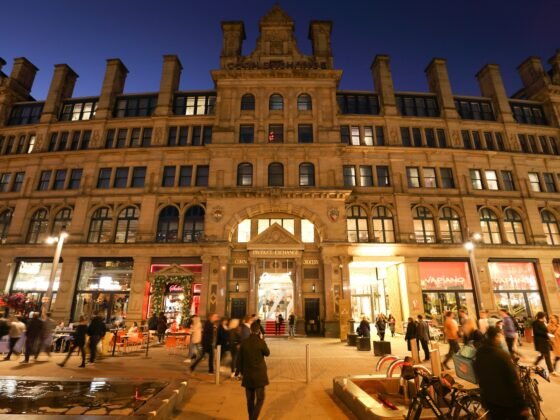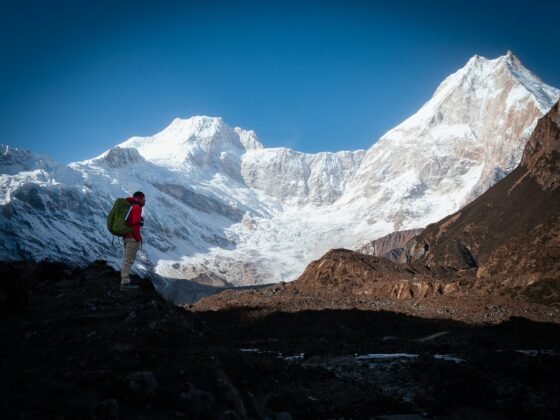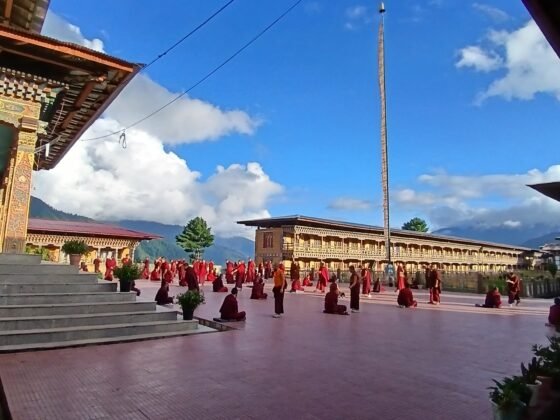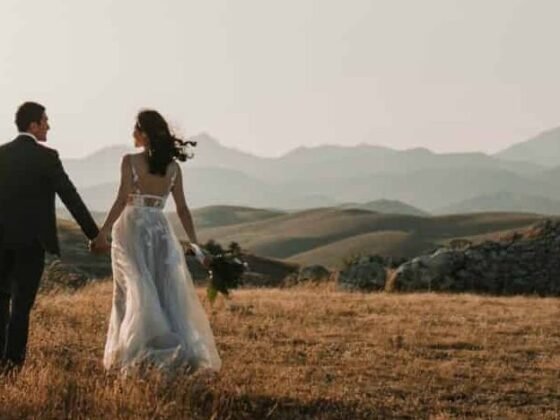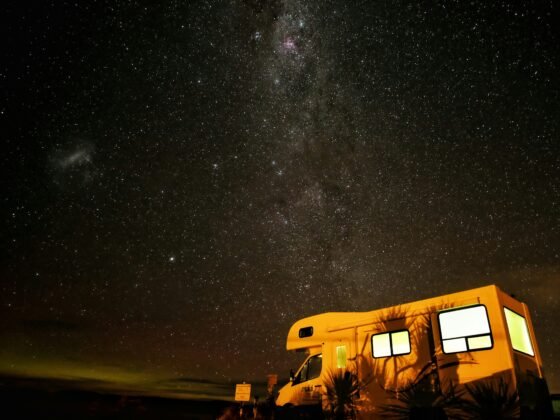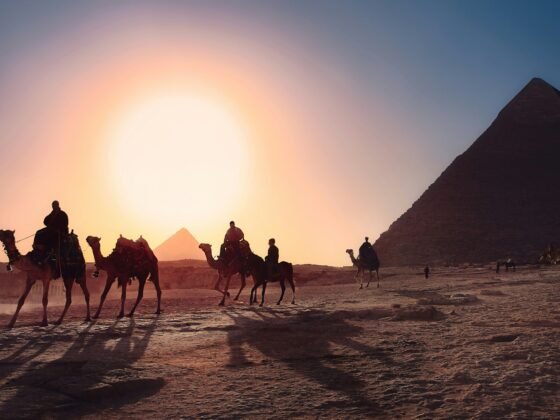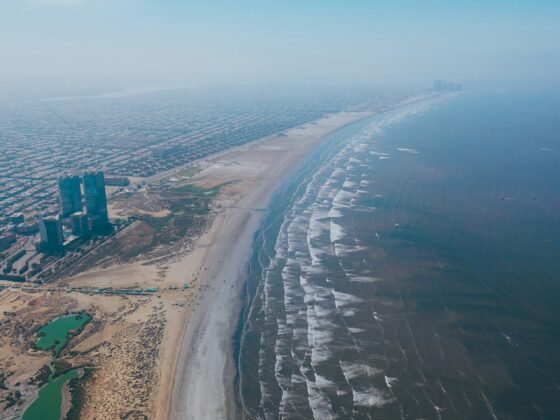Malta Adventure Travel Guide: Ideas and Inspiration
PureTravel Says: “The island nation of Malta is a top-notch tourist haven with its tropical Mediterranean climate and long stretches of excellent sandy beaches. Although the sun and sands of the Maltese beaches serve as a major visitor attraction, the island nation has much more to offer, especially for art and history buffs. This unique combination of extreme natural beauty and rich artistic and cultural heritage makes Malta a sought-after holiday location.”
Holiday Highlights
Historical Buildings - Malta is home to some of the oldest standing manmade buildings in the world. Visitors can a wide range of Norman and baroque style historical buildings in the region. Fort St. Elmo is among the must-see sites in the capital city of Valletta. Vittoriosa has Fort St. Angelo to show along with which there are numerous historical buildings such as the majestic Fort Mosta, Fort Madliena, Fort Rinella and Manoel Theater.
Gardens - Despite the low rainfall sums that Malta receives, it is overwhelmingly rich with attractive public gardens. The wide range of gardens display unique exotic plants not found anywhere else on the planet. Many of the gardens are situated to enable a great view of the sea amidst the greenery. A few of the must-see gardens of Malta are the Upper and Lower Baracca Gardens in Valletta, Argotti Botanical Gardens in Florina, Romeo Romano Garden in Santa Venera and the Old Railway Station Garden in Msida.
Museums - Malta has managed to preserve and collect its rich art heritage and proudly displays their magnanimous collection of paintings, sculptures and archaeological findings in numerous museums. The National Museum of Fine Arts and the National Museum of Archaeology in Valletta showcase the nation’s best collection. The War Museum of Valletta is another interesting experience. The Taxien Temples have been converted into a museum for visitors to explore. Malta also houses the oldest manmade structure on Earth; it is the well-known Hagar Qim Temple in Qrendi. Other prominent museums include the History Museum of Roman Antiquities in Rabat, The National Museum of Natural History in Mdina, and the Inquisitor’s Palace in Paola.
Churches - The numerous religious structures that dot Malta’s landscape serve as a major tourist attraction. Among the most prominent church buildings is the St. John’s Co-Cathedral, which is situated in the city of Valletta. The foundation for this classical building was created in 1573 by the Knights of Malta and the renowned local architect Gerolamo Cassar is credited for designing the awe-inspiring structure. The building is just as impressive on the inside with interior design displaying the magnificence of the Calabrian artist Knight Mattia Preti. Other terrific church buildings include the Cathedrals of St. Paul in Mdina, The Rotunda in Mosta, St. Publius Church in Florina, and the San Pawl Milqghi Chapel in Burmarrad.
Gozo - This green, hilly and rugged island makes up around one third of Malta’s total island stretch. It is known for its intense natural beauty in the form of caves and coves along the sandy beaches and green inlands. Gozo offers visitors a chance to relish in the tranquility of its natural beauty while taking advantage of the deluxe hotels, amazing restaurants, and bustling nightlife.
The ferry trip at Gozo is an exciting ride to take, as you will get to witness the remarkable Blue Lagoon at Comino. If you are interested in getting an aerial view of the region, helicopter services from the Malta International Airport will provide services.
When it comes to tantalizing your taste buds on your trip to Malta, each region will have something special to offer. The cuisine of Malta will give you a taste of fusion of different cultures with a Mediterranean character. Gozo in particular is known for its fresh food, such as the Gbejniet, Ftira biz zejt, Ross il For, and Pastizzi; these being some of the most delicious local dishes.
When To Go
Malta's weather and climate are strongly influenced by the sea and have a Mediterranean flavour. There are hot, dry summers, warm and wet autumns and short, cool winters with rainfall. The majority of the rain falls between October and March. June July and August are normally quite dry months. Summers are warm, dry and very sunny, between April and August there are daytime temperatures of around 30C (86F). Winters are mild and daytime temperatures never fall below 10ºC (50ºF), while night time winter temperatures never fall below 0ºC (32ºF). Hence, snow never falls in Malta.
Top Tips
- Take a trip to the weekly open air markets in Valletta and other small villages and towns to pick up unique items at bargain prices.
- Don’t worry about drinking tap water because it’s absolutely safe.
- It is mandatory to get yellow fever vaccinations if you are coming from infected areas.
Classic Itineraries
- Take a tour of the megaliths, dungeons and Calypso’s Cave on the Islands.
- Explore St. John’s Roman Catholic Co-Cathedral is located in Valetta and is Malta’s most impressive church built by the Knights of Malta and completed in 1578. The church was used by the Knights of St John was designed by Gerolamo Cassar, a prominent architect of the 16th century. The cathedral interior is decorated heavily with gold, and the many ornate details provide hours of study for interested visitors.
- Take a delightful ferry trip to Comino and the Blue Lagoon.
- The ancient fortification of Fort St. Elmo is also located at Valetta and was built in 1552 by the Knights to guard the harbours on both sides of the Sceberras Peninsula. The fort is the namesake of the patron saint of mariners, Saint Elmo, because ships were used to prevent raiding Turkish armies from entering the harbours. The fort is now the home of the Malta Police Academy, and visitors can view historical re-enactment performances once each week on Sunday mornings.
- Be sure to try Malta’s famous pastizzi, a small pastry delicacy made with ricotta cheese and egg wrap.
- Immerse yourself in the local culture by viewing the historic homes and palaces located on Malta, such as the Auberge d’Aragon, The Grandmaster’s Palace and the Summer Palace; The Verdala Palace. A private tour of noble homes and palaces introduces Maltese art and history, influenced by the Romans, Greeks, French and British.
UNESCO World Heritage Site
- City of Valletta
- Hal Saflieni Hypogeum
- Megalithic Temples of Malta 15
Public Holidays
1 January - New Year's Day
10 February - Feast of St. Paul's Shipwreck
19 March - Feast of St. Joseph
31 March - Freedom Day
18 April - Good Friday
1 May - Worker's Day
7 June - Sette Giugno
29 June - Feast of St. Peter and St. Paul
15 August - Feast of the Assumption
8 September - Feast of Our Lady of Victories
21 September - Independence Day
8 December - Feast of the Immaculate Conception
13 December - Republic Day
25 December - Christmas Day
Travel Resources
By Julie Bowman


